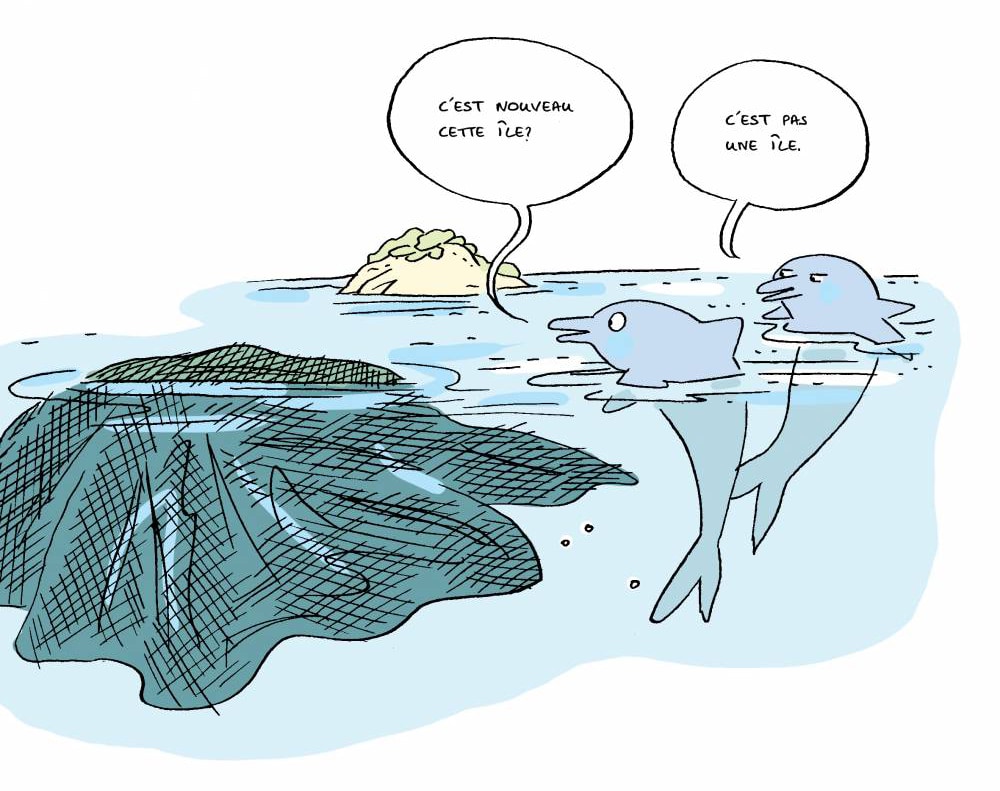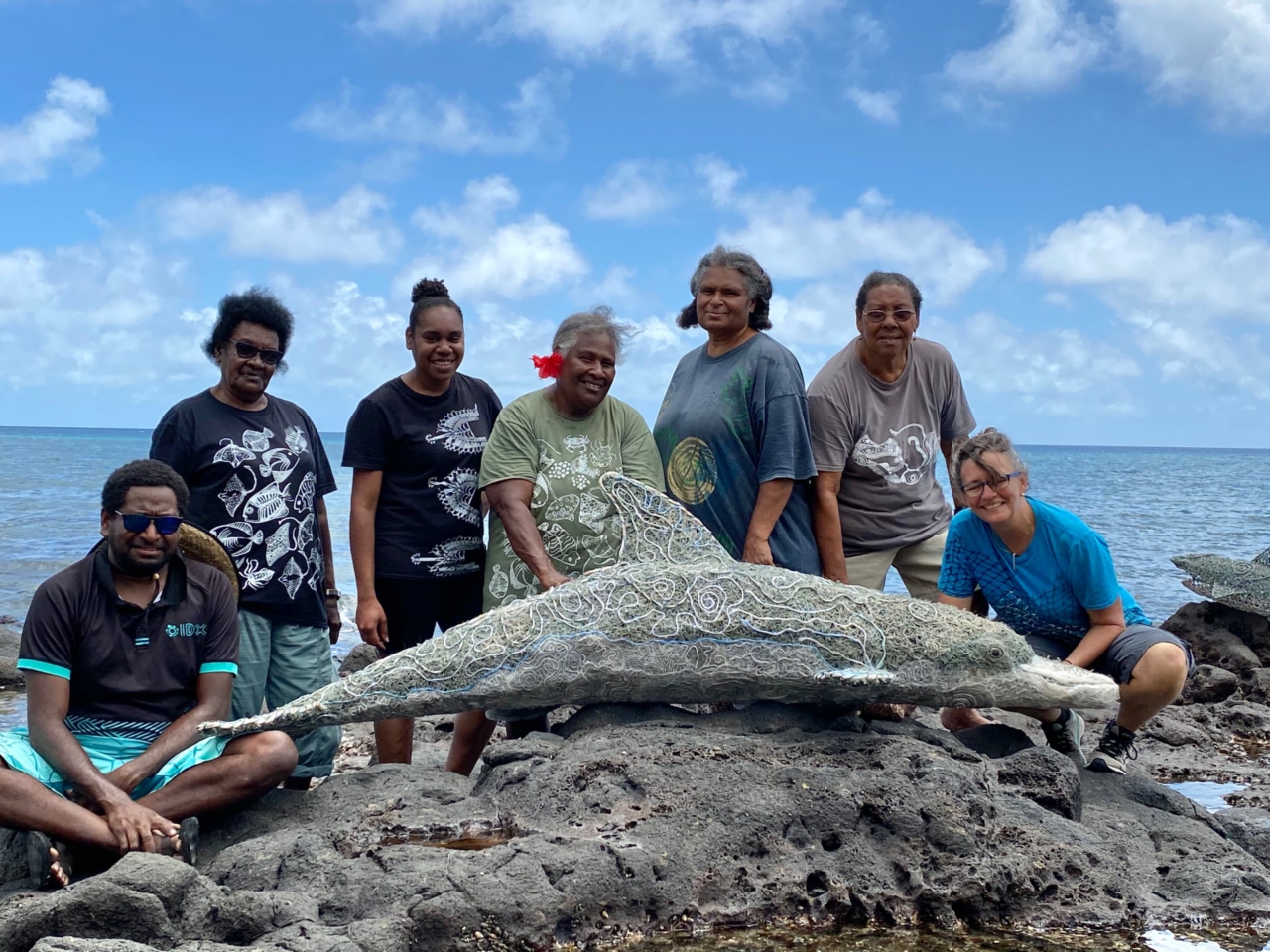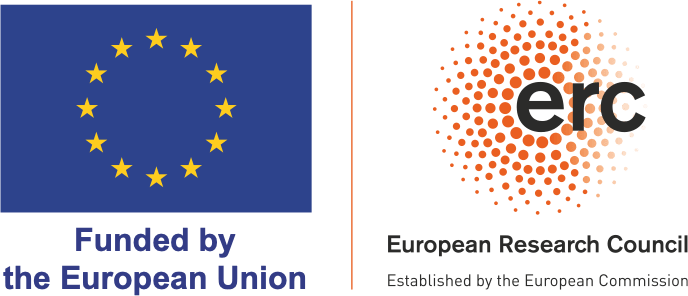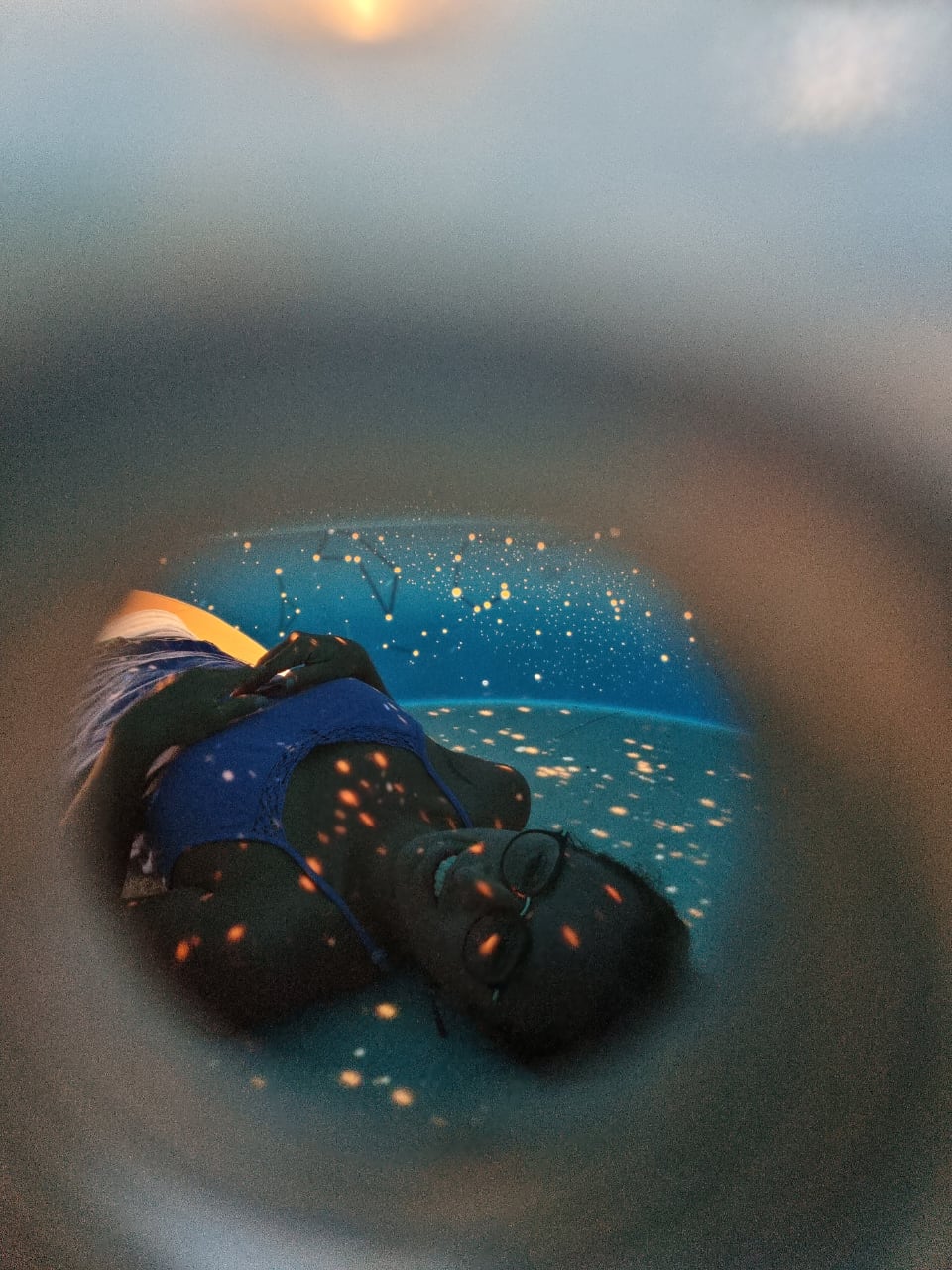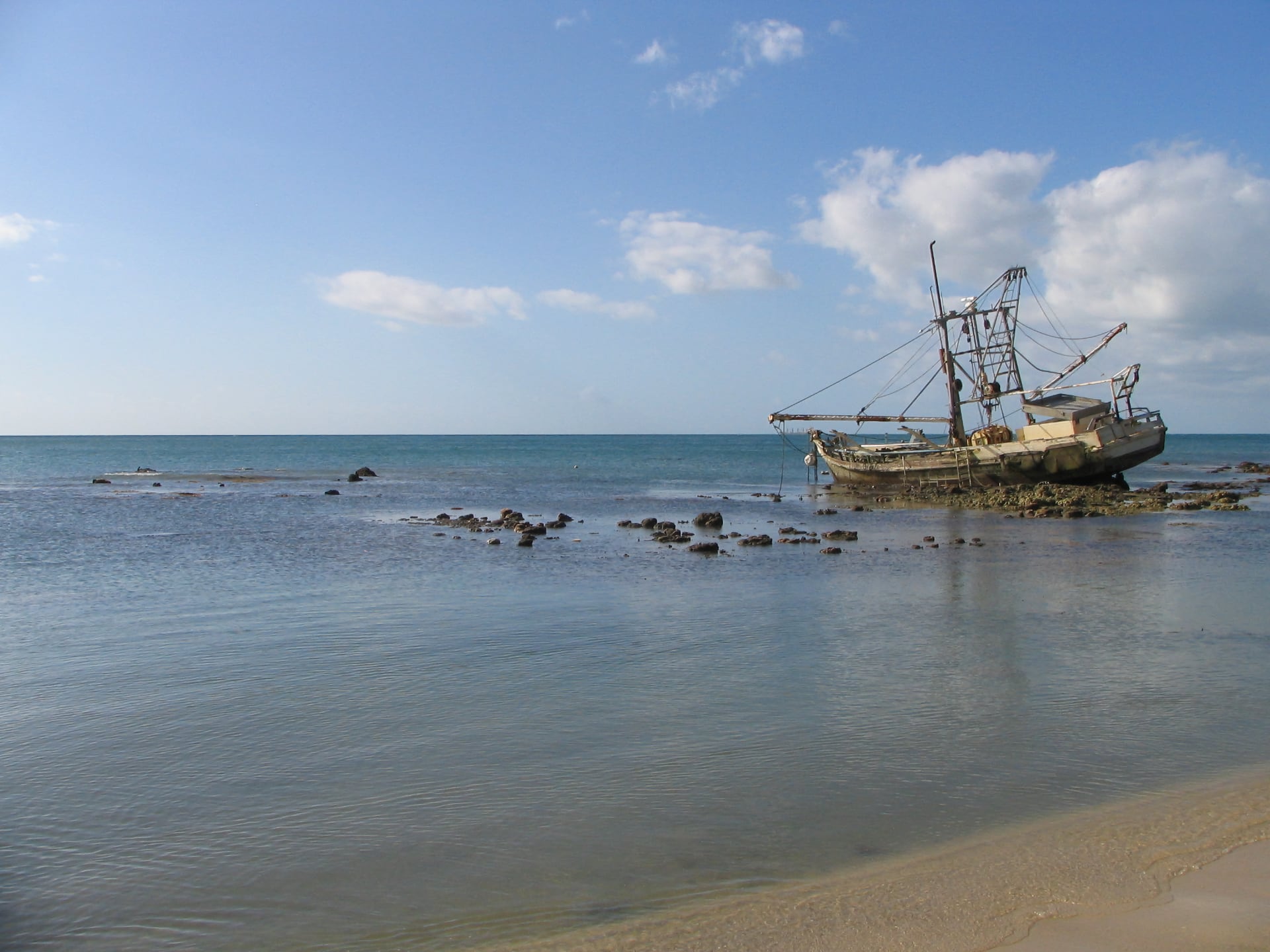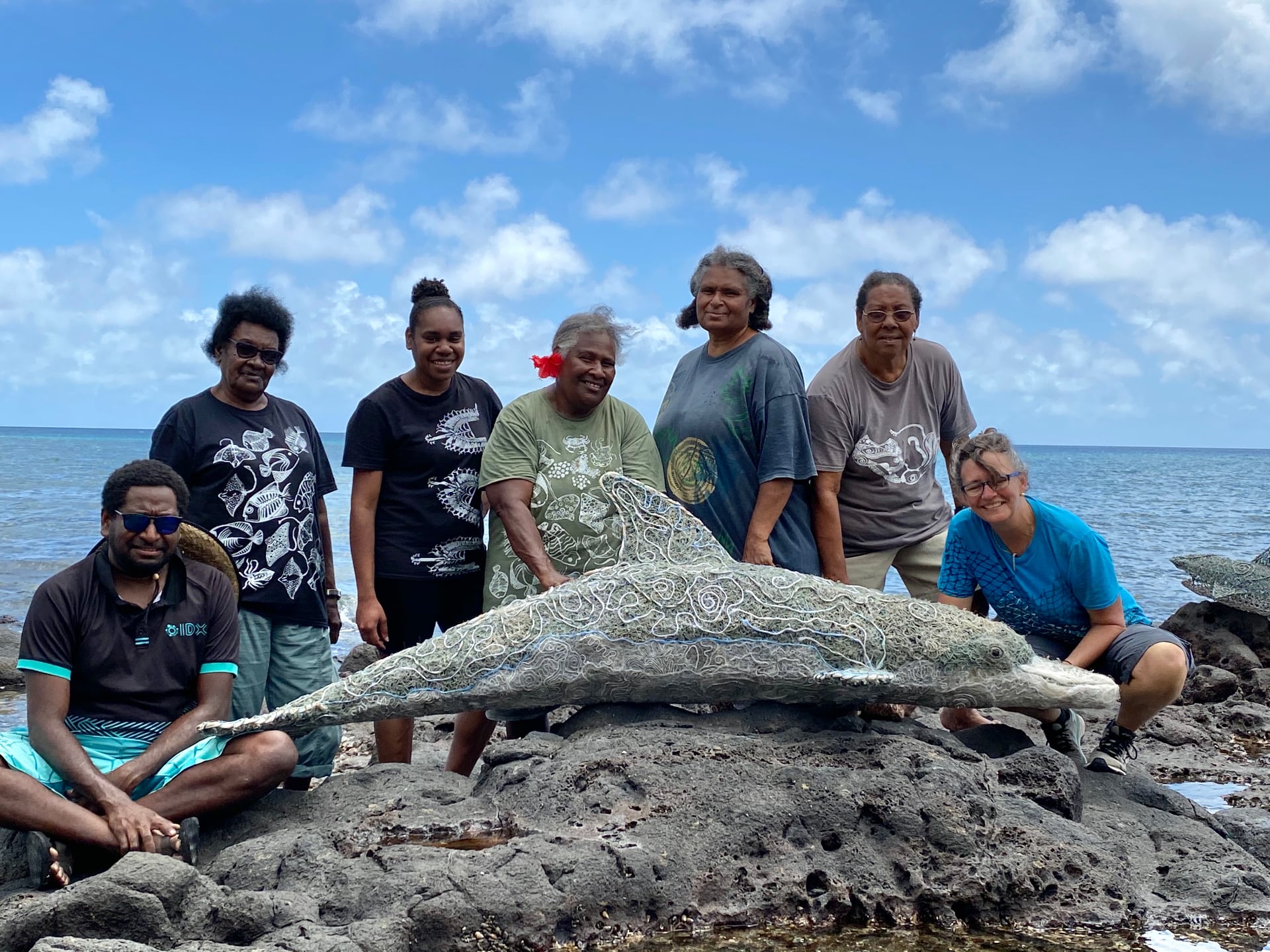Anthropology has rarely taken up the issue of marine waste. It has shown even less interest in space waste.
What does this waste tell us about our ways of experiencing the world? What stories does this waste elicit?
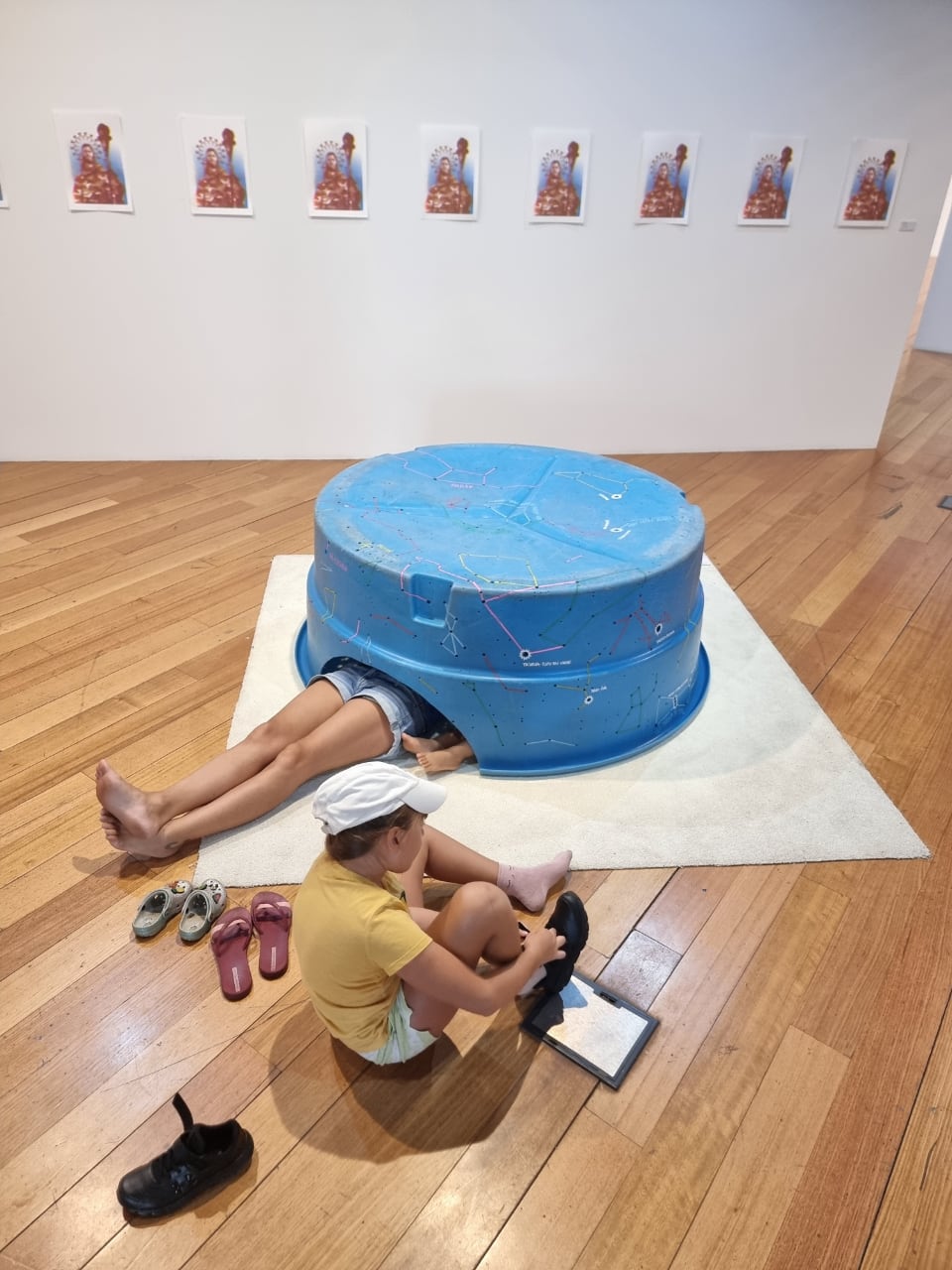
OSPAPIK is dedicated to contemporary Indigenous arts and to non-Indigenous artists who mobilise Indigenous concepts or work with Indigenous communities. It examines the ways in which various actors interrogate, make visible and reclaim certain wastes present in the ocean and space. The plural form used for the English word ‘knowledge’ in the project title underlines the diversity of knowledge and cosmovisions examined in the study.
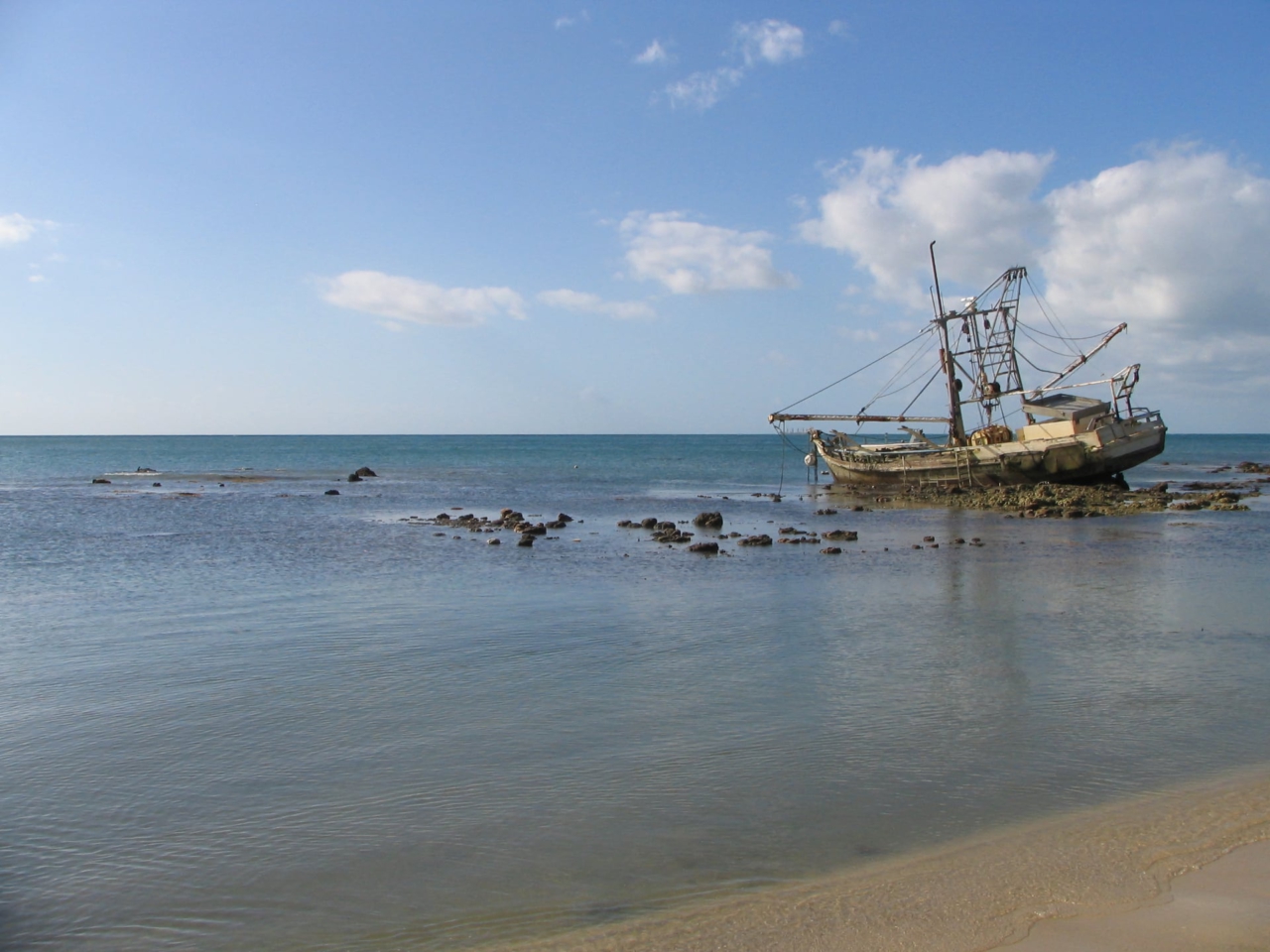
OSPAPIK focuses on the ocean and space, where pollution can be invisible to the naked eye; these spaces, often considered sacred by Indigenous cosmogonies, have been perceived, by dominant modern Western conceptions, as distant or empty territories.

OSPAPIK offers innovative approaches to pollution, Indigenous knowledge and the arts, with a systematic focus on materiality and people’s relationship with waste.
It examines the way in which artistic expressions enable artists themselves, scientists, organisers of maritime expedition projects and the public to better understand how marine ecosystems and Space are affected by the presence of waste and debris. This study will also examine whether the study of the arts can provide a better understanding of the various professional sectors and players involved in depolluting.
One of the main research questions can be summed up as follows: to what extent can art help us understand the impact of pollution and waste on the relationship that people construct and maintain with the ocean and space?
OSPAPIK is divided into four research topics:
From trash to treasure? Rethinking waste through artistic creation.
Degradation processes, meaningful debris and the becoming of waste.
Looking at marine and space pollution from a vessel.
Analysing knowledge transfers: researching public engagement, Indigenous cultural protocols and interprofessional collaborations.
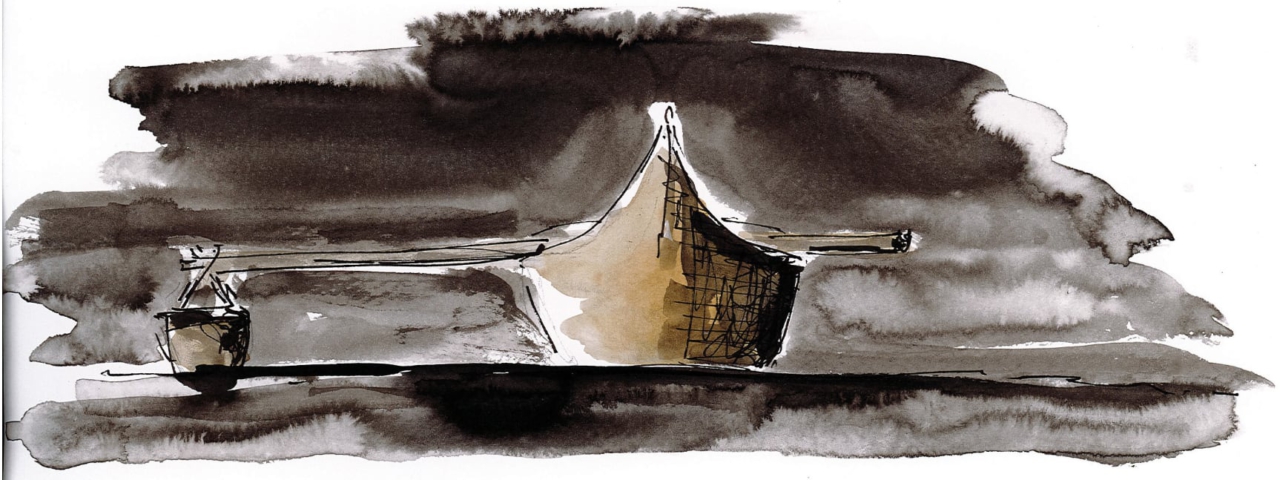
OSPAPIK will be working with artists, writers and organisations such as the Centre for Arts and Crafts of French Polynesia (CMA) and the theatre company GdRA.
In addition to articles, scientific publications, research seminars and conferences, OSPAPIK will publish the first inclusive tactile book on marine plastic waste for blind and partially sighted people and will produce a travelling exhibition on a boat in French Polynesia.
Tout autour des îles
Tout autour des îles, la terre a perdu ses rivages côtiers, ses plaines, ses vallées, ses falaises, ses montagnes, ses plateaux, ses collines.
Tout autour des îles, la terre sur ses flancs, sur tous les fronts, est rongée par le chancre de la modernisation, de la mondialisation, de la défiscalisation.
Tout autour des îles, la terre, enkystée, subit les outrages des hommes, plus destructeurs que ceux du temps.
Tout autour des îles, la terre a des plaies rouges, à vif, à terre, entaillée de toutes parts, saignée par plaques.
Tout autour des îles, la terre, balafrée, déverse des torrents, des cascades de larmes rouges jaillissant de ses entrailles en sang.
Tout autour des îles, la terre, défigurée, atteinte dans son intimité, dans son intégrité, souffre dans sa dignité.
Tout autour des îles, la terre accuse notre silence, dénonce notre complicité,
Devant le spectre de la misère et du désert qui avancent à la vitesse supersonique.
Tout autour des îles, la terre, à l’agonie, murmure : “Comment cela est-il permis ?”
